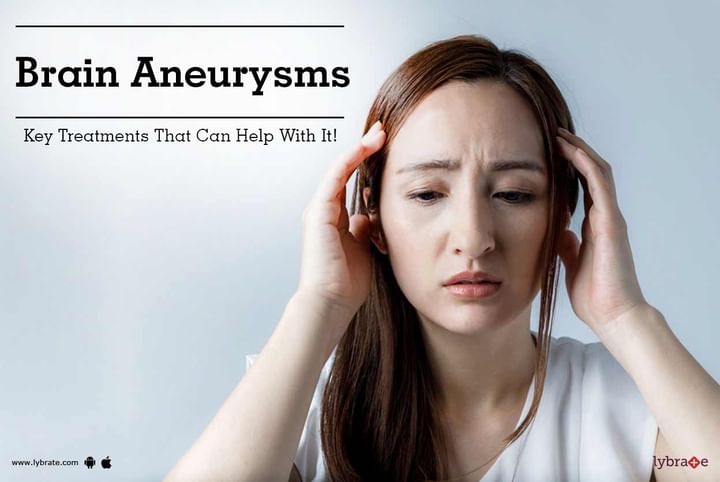Brain Aneurysms - Key Treatments That Can Help With It!
Are you experiencing excruciating headache? you probably didn't know but you could be suffering from brain aneurysms. It is described as bulge formation in the blood vessel in the brain. It is a totally asymptomatic condition as one does not display any symptoms until the bulge vessel ruptures which may result in blood releasing in the skull which may further lead to a stroke. The bulge is often formed in the gaps between the tissues covering the brain and brain itself.
Most common treatment options for ruptured aneurysm
There are two common treatment options for a ruptured brain aneurysm endovascular coiling and surgical clipping. Both these procedures have certain risk factors, therefore it is best to discuss the details with a neurologist. The endovascular coiling is a less invasive process where the surgeon inserts a hollow tube or catheter into an artery and threads it through the body to reach an aneurysm. Then a guide wire is sent to push a soft platinum wire through the catheter. This coils up and disrupts the flow of blood into the aneurysm and leads to blood clotting. The clotting is essential in sealing off the aneurysm from the artery.
The surgical clipping is a process used for closing off the aneurysm, and a section of the skull is required to be removed for assessing the affected part. It also helps in locating the blood vessel that is responsible for the problem. Finally, a metal clip is placed on the neck of the aneurysm to stop the flow of blood. Though endovascular coiling is less invasive and said to be safer, adequate post-treatment care is necessary to minimize risks.
To treat larger aneurysms, a treatment called flow diverters may be useful. Since, the treatment is decided based on the size, location, apperance and your health condition, your doctor will be the best person to take the final call.
Other procedures to treat symptoms
Other than the surgical procedures several treatments might be prescribed to treat the symptoms and to manage complications. A few commonly advised treatments are:
- Pain relievers: To manage headaches
- Calcium channel blockers: One of the most common complications that may arise with an aneurysm is calcium entering the walls of blood vessels which may result in narrowing of walls. Calcium channel blockers are medications may be prescribed by the doctors to deal with the complication
- Anti seizure medications: Medications such as levetiracetam, phenytoin, valproic acid, and others are prescribed to treat seizures associated with aneurysms
- Procedures to prevent stroke: An insufficient blood flow may result in a stroke and to prevent it, the drug vasopressor is injected intravenously, or angioplasty is performed.
- Rehabilitative therapy: Damage to the brain may require the patient to undergo several physical and occupational therapy.
If you suffer from the condition, it is advised to keep a check on the blood pressure and quit smoking as they can help in reducing the risks associated with aneurysms.
In case you have a concern or query you can always consult an expert & get answers to your questions!



+1.svg)
